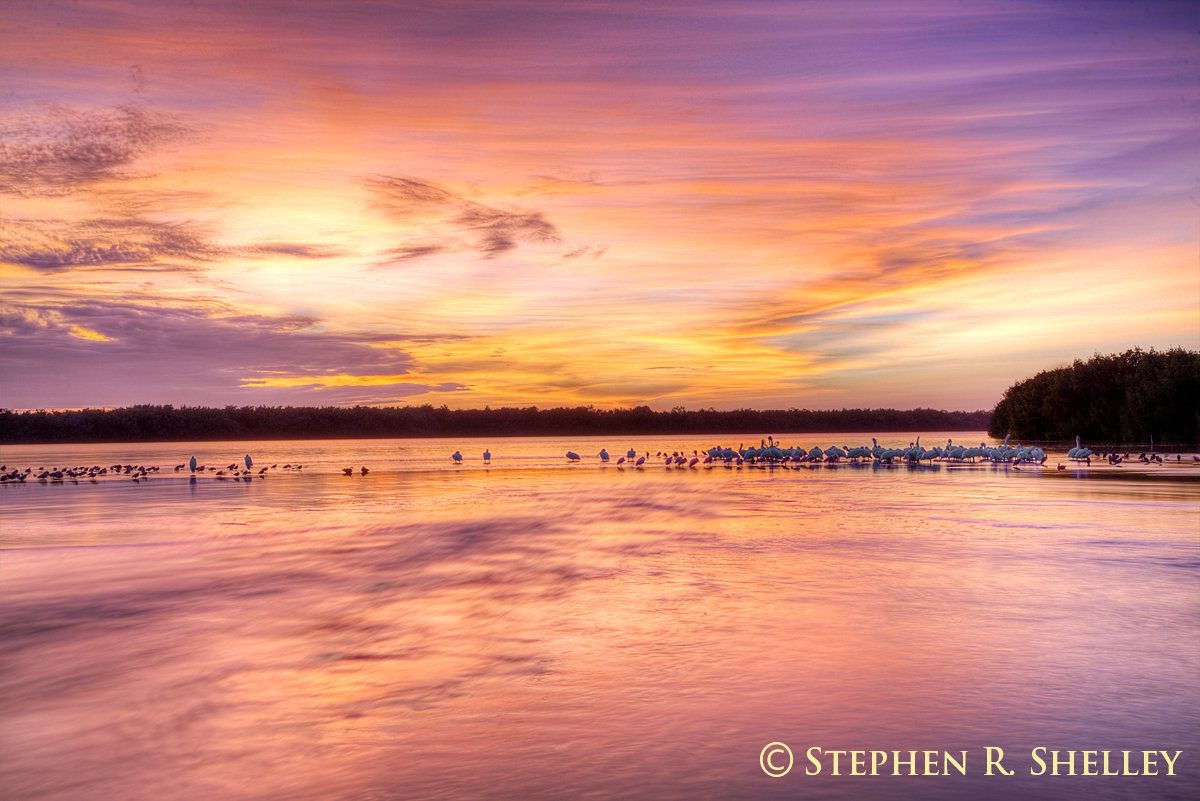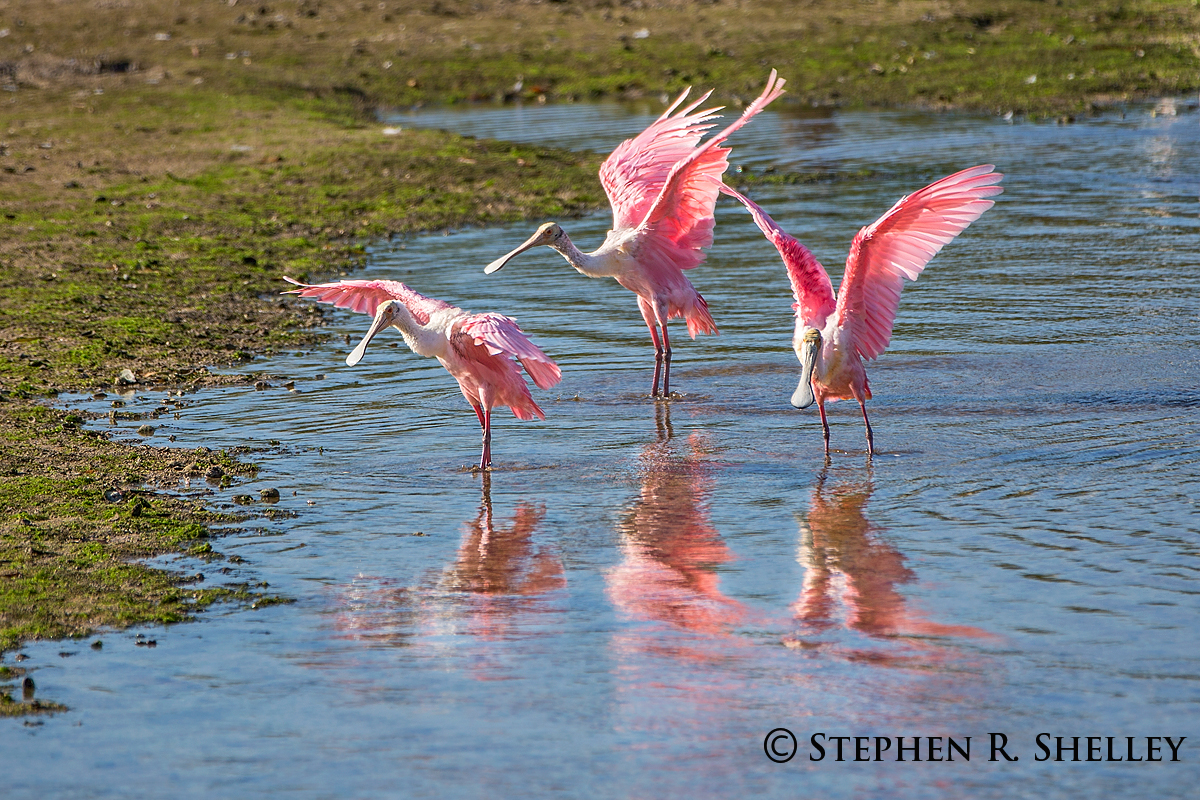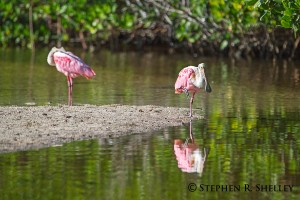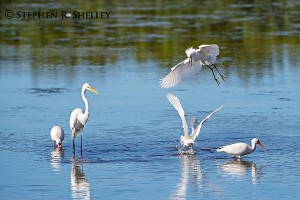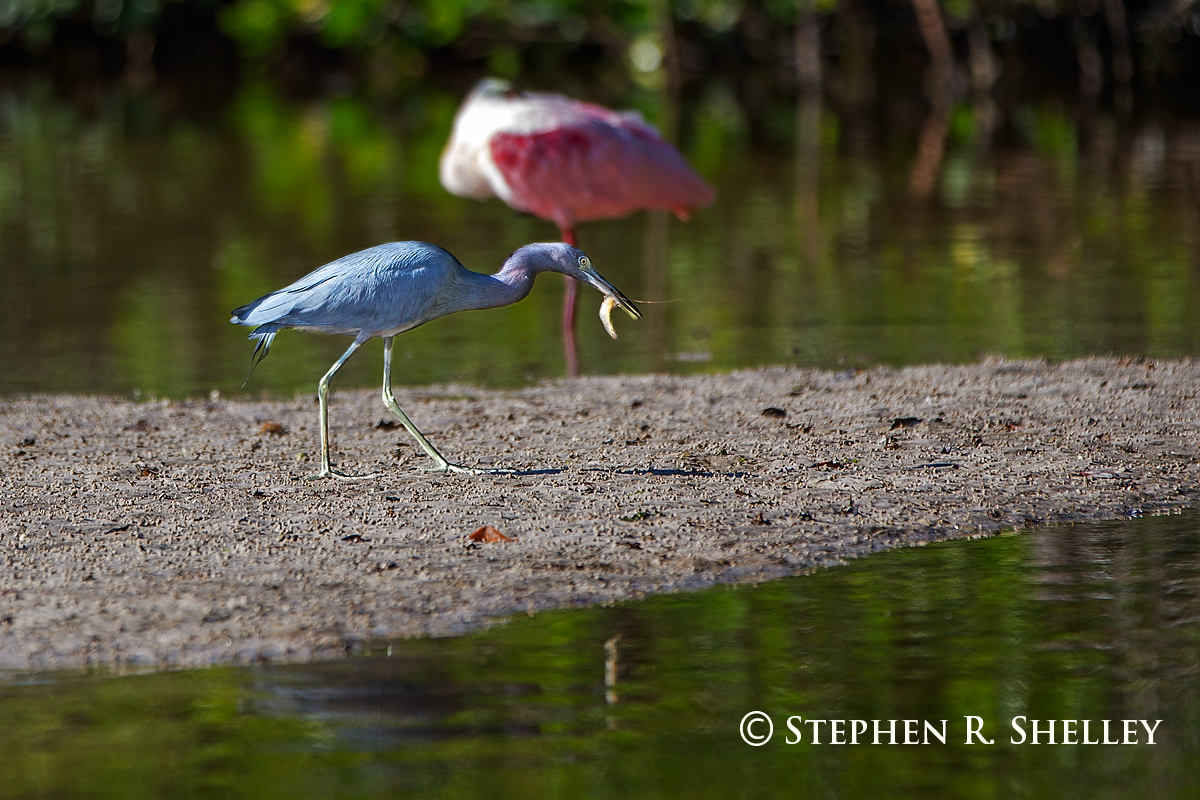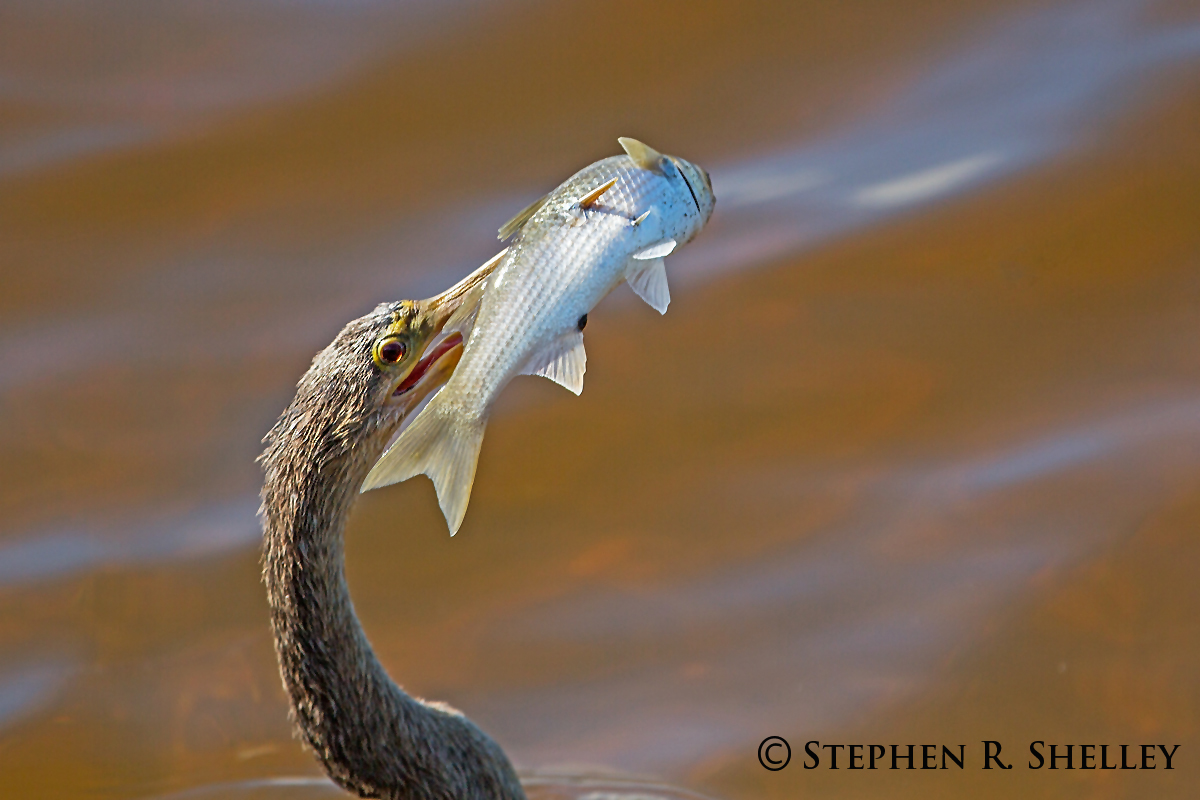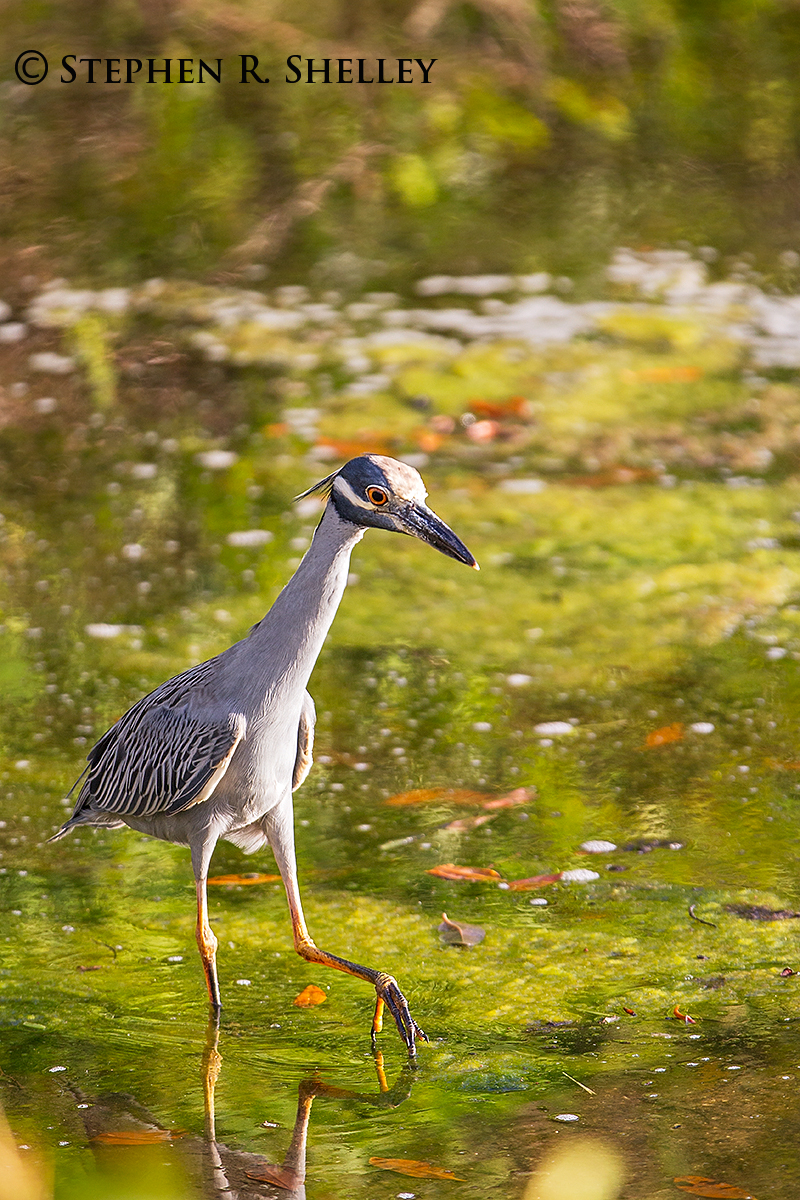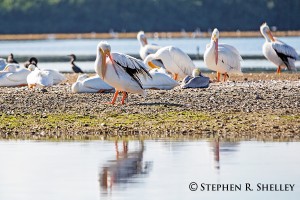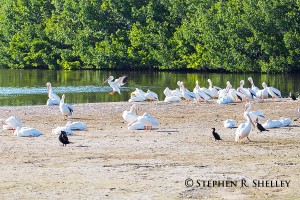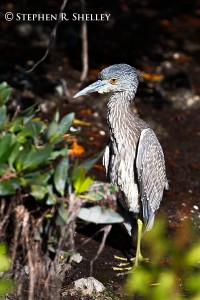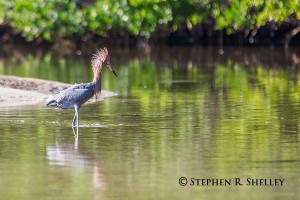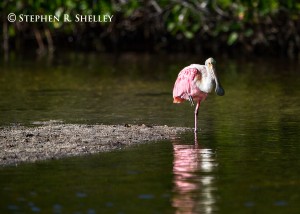I had the opportunity to attend my 4th Everglades Coalition Conference this year to continue learning about how I can help preserve and promote the natural resources that I enjoy capturing through the lens of my camera (see prior conference posts here and here). This year the conference was held just across the bridge from Sanibel/Captiva island and a short drive to the JN Ding Darling Wildlife Refuge. I arrived at the conference a day early to give me an opportunity to visit JN Ding Darling Wildlife Refuge with my camera and see if I could capture some good images of their famous birds.
Last year my job kept me very busy traveling and did not leave much time for me to engage in any photography. Therefore, one of my goals for 2017 is to make some time to engage in the hobbies I love such as photography and fishing. To kick start this goal I spent a few hours in Ding Darling before the conference started. I managed to capture a few good images of some of the native birds and even captured a very vibrant sunrise.
One of the main things I learned about Ding Darling was that the tides have a larger influence on the birding than does the time of day. In most places the best time for seeing the largest variety and number of birds is to arrive early in the morning and to a lesser extent late in the afternoon. For Ding Darling this is only true if this time of day also corresponds with the occurrence of a low tide. On my trip low tide occurred just after noon. Therefore, when I arrived in the morning there were very few birds. I spent some time exploring the refuge and identifying some good future photography locations. I almost gave up thinking that I was a little to early in the season to see large number of birds, but decided to come back after lunch.
When I returned to the park after lunch the tide was nearing low tide and the birds were congregated in large numbers wading across the shallow flats looking for food. The good news was that I was able to spend some time watching the birds wading and eating, the bad news was the harsh midday lighting made quality photography difficult. To combat this I tried to photography birds that were located in sheltered areas or were sitting with good side lighting versus overhead or back-lit. I still managed to capture some good images but I they still exhibit strong contrast of highlights and shadows.
In the late afternoon I noticed we had some great high thin clouds that I thought would make a great reflector of color after the sunset. Therefore, I decided to stick around in anticipation of a good sunset. I was not disappointed, about 15 minutes after the sunset the sky lit up a vibrant yellow, orange, pink and purple. The thin clouds absorbed this color and reflected it back down on to the shallow calm waters to amplify the colorful show. Unfortunately, I did not have any great com-positional options to compliment the great colors. I like to use foreground subjects to anchor my photos and give my photography depth. The best I could come up with at this location was using the fast tidal flow from a nearby culvert to create a moving leading line to distant birds and ultimately the vibrant sky. It works but only because the sunset was so colorful.
While I was there exploring I also came across one large and one small otter walking down the main road and swimming in one of the tidal pools. Of course I did not have my camera in my hands when I saw them and by the time I came back with it they had moved on. I saw both of them around culvert 6 at different times making me think there is likely a family residing somewhere nearby.
I recommend stopping by Ding Darling if you are in the area. It is a nicely maintained refuge and I enjoyed my time there. However, for birding I believe there are equal or better locations in the southern everglades. Therefore, I don’t know that I would recommend traveling to Ding Darling specifically for birding if you did not live nearby or if you were not already in the area. Additionally, the birds were typically fairly far away requiring a long focal length (greater than 400mm) to generate quality closeups. Also, I was there on a Wednesday and Thursday and there were still large crowds all day long. This has a tendency to take away from the general nature experience.
All bird images in the below gallery were taken using my 70-200 mark ii with 2x iii teleconverter. Most images were also cropped to give the appearance a longer focal length was used.
